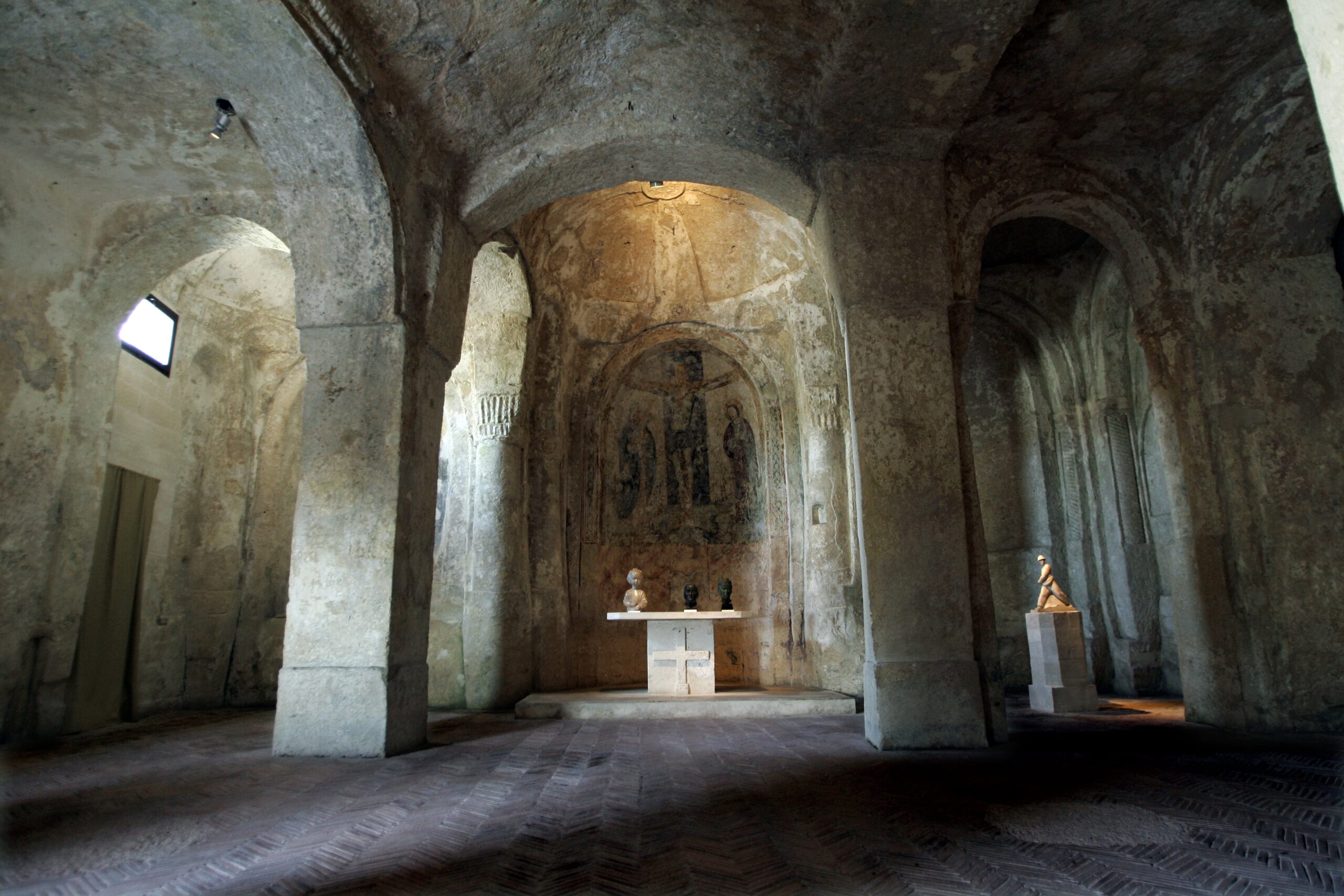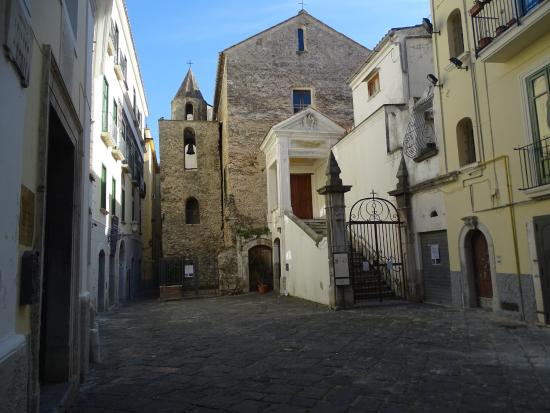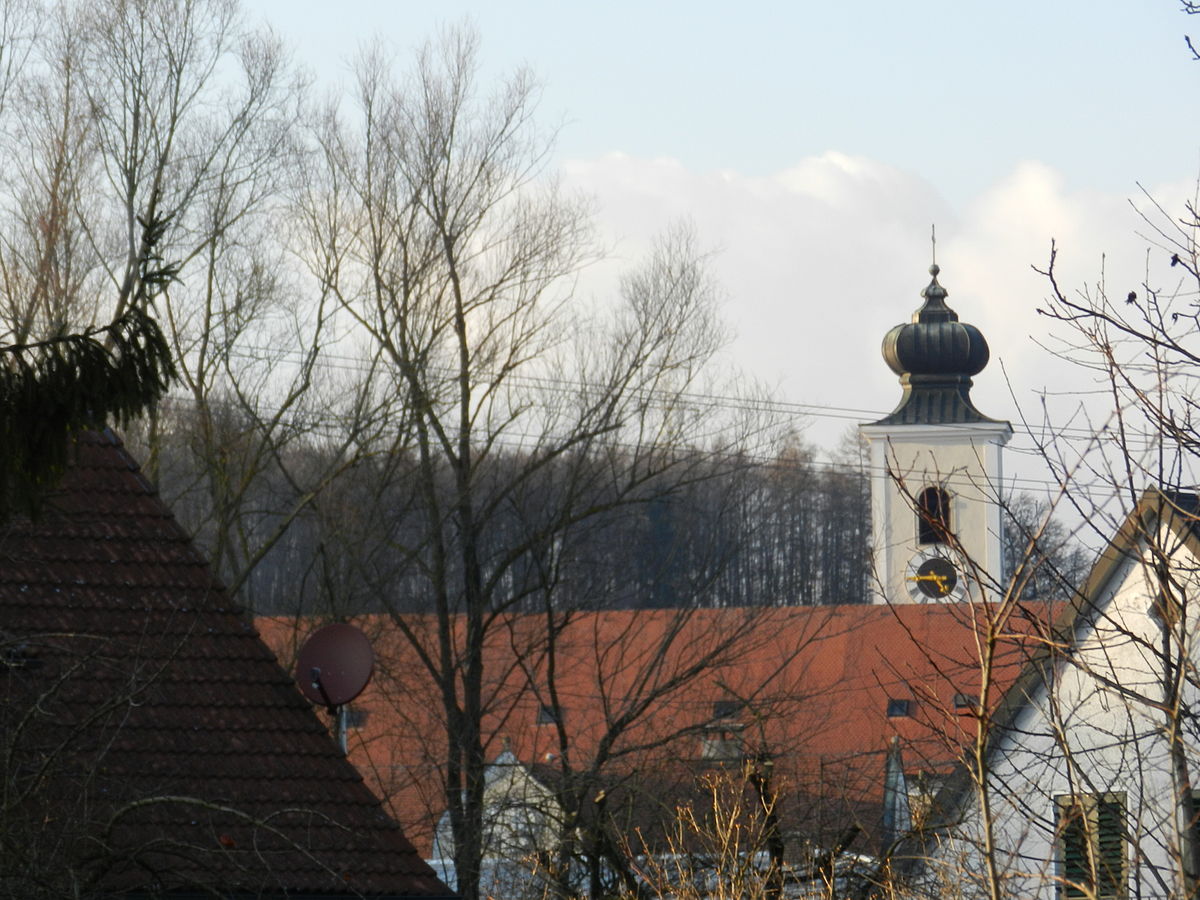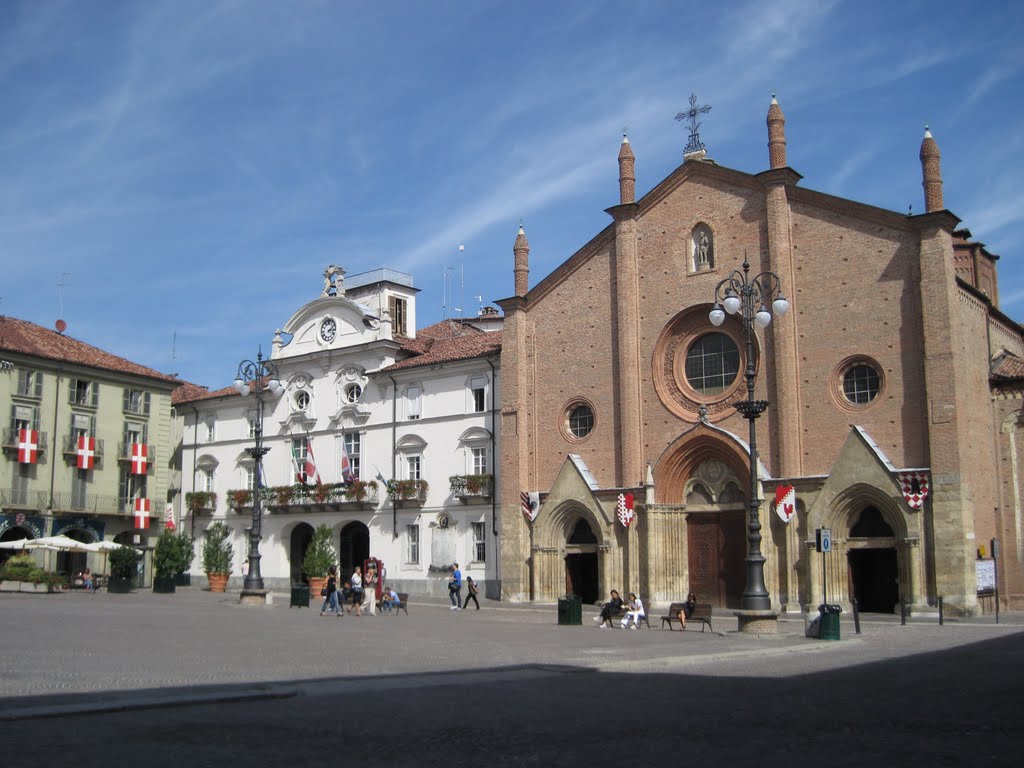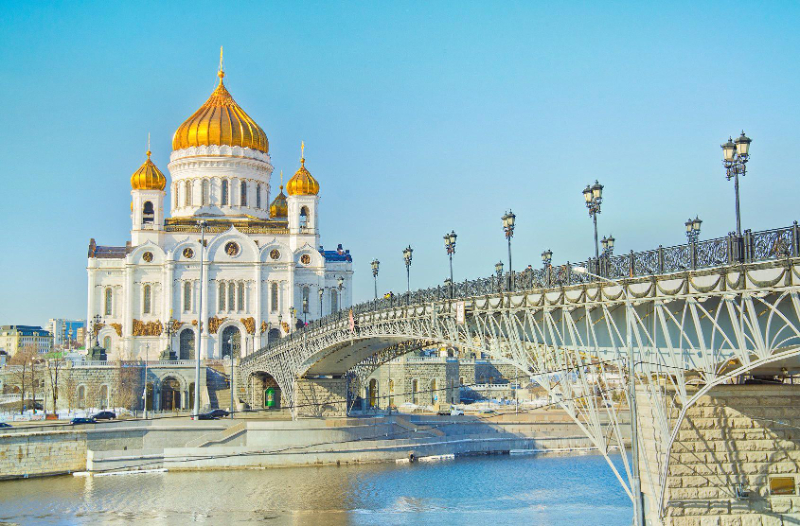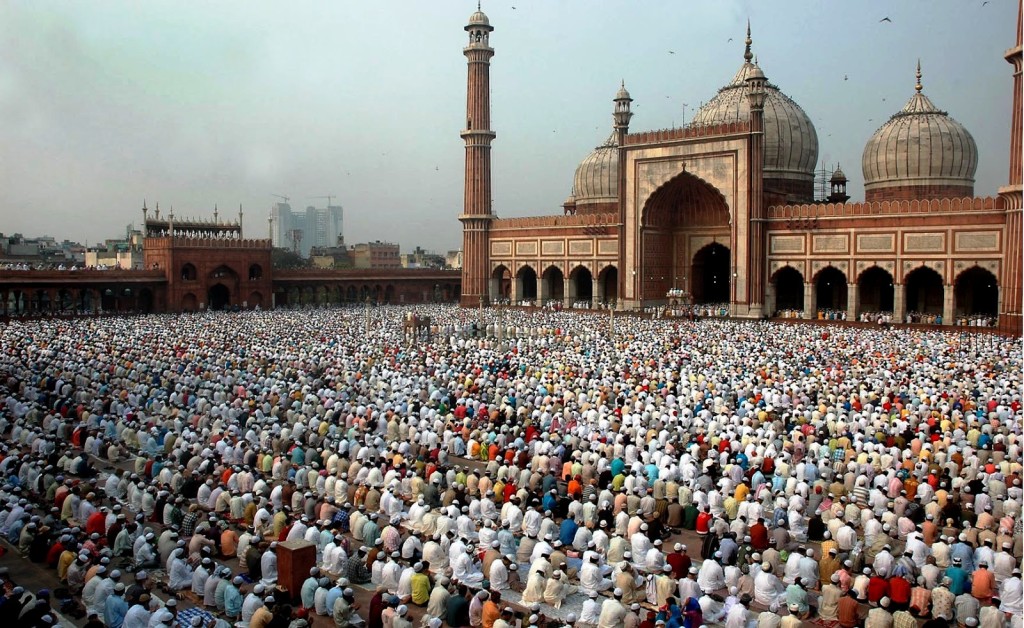The rock church dedicated to Our Lady of the Virtues was built around the year 1000 together with the adjoining monastery that was to host the first settlement of the nuns from Accon. It is an example of architecture "in negative" having been entirely obtained by digging inside the limestone.
The church has a nave and two aisles separated by columns, at the bottom of each of them opens an apse on whose domed vault is engraved a cross. The ceiling is donkey back decorated with bas-relief arches. The apse of the nave is embellished by an eighteenth-century pictorial complex of considerable artistic value depicting the Crucifixion with the Madonna and St. John. The major structural modification suffered by the church dates back to 1934 due to the construction of the Sassi road network, which led to the reshaping of an aisle.
Above it is the monastic settlement of San Nicola dei Greci; built around the 10th century, it is one of the oldest crypts in the city of Matera. During its history it has undergone substantial changes that make it difficult to capture the original architectural elements.
The crypt is composed of two aisles with two apses, but the element that characterizes it is the pictorial complex that decorates the walls: the apsidal basin houses a fresco made in the fourteenth century representing the Crucifixion with the Madonna and St. John the Baptist at the sides; in the left aisle there is a triptych of saints made between the thirteenth and fourteenth century.
Currently both the church of the Madonna delle Virtù and the crypt of San Nicola dei Greci are used as exhibition spaces for prestigious contemporary art exhibitions.
